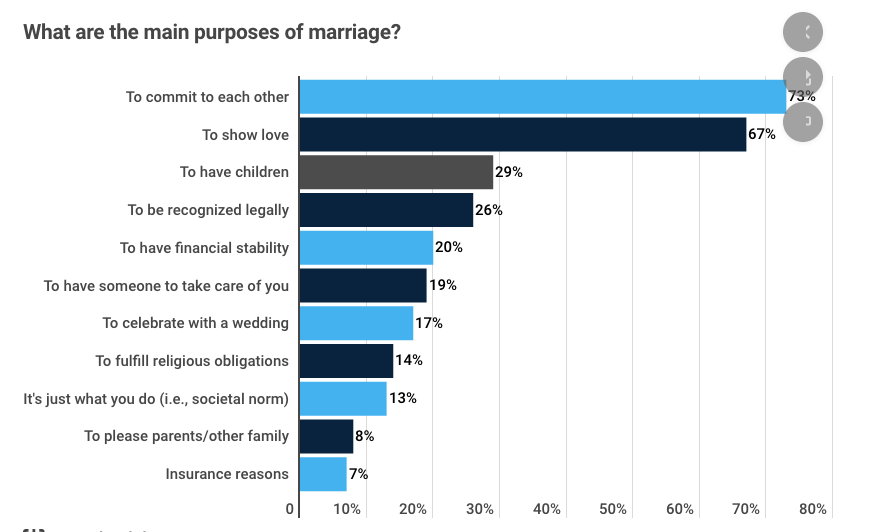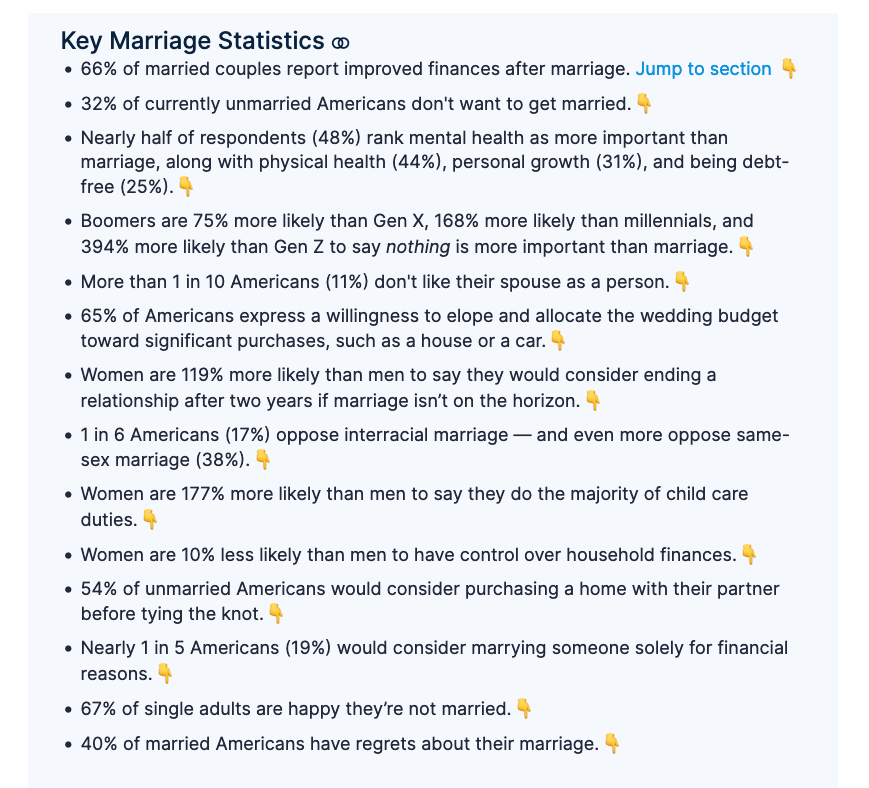To help you take control of your finances and improve your credit score, we’ve gathered advice from 11 professionals across various industries. From embracing the snowball method to celebrating debt reduction milestones, these experts share their top strategies for reducing debt and boosting your credit standing.
- Embrace the Snowball Method
- Develop a Debt Repayment Plan
- Make Incremental Financial Changes
- Dispute Credit Report Errors
- Diversify Your Credit Accounts
- Use the Debt Avalanche Method
- Avoid Excessive Hard Inquiries
- Cut Expenses to Pay Off Debt
- Seek Professional Credit Counseling
- Request a Higher Credit Limit
- Celebrate Debt Reduction Milestones
Embrace the Snowball Method
Debt can feel like a mountain, but there’s a strategy I’ve found effective called the snowball method. Here’s how it works:
Start by listing all your debts from smallest to largest. Forget about the interest rates for now, just focus on the amounts. Then, aggressively pay off the smallest debt while making minimum payments on the rest.
Years ago, I was juggling a couple of credit card debts alongside a student loan. I knocked off the smallest credit card debt first. Seeing that zero balance gave me such a boost, like a minor victory. This momentum propelled me to tackle the next one. I was making consistent payments, which positively affected my credit score. So, it’s a two-pronged approach: reducing debt while improving credit. It’s about gaining momentum and keeping it rolling, just like a snowball! –– Evander Nelson, NASM-Certified Personal Trainer, evandernelson
Develop a Debt Repayment Plan
Creating a debt repayment plan is one strategy for reducing debt and improving your credit score. So here you go. Make a list of all your debts, including outstanding amounts, interest rates, and minimum monthly payments. This will give you an idea of where to start.
Identify which debts have the highest interest rates or the largest balances. You should focus on paying off these debts first, as they cost you the most in the long run.
Develop a budget that allows you to allocate a portion of your income toward debt repayment. Cut unnecessary expenses and use that money towards repaying your debts. Pay more than the minimum monthly payment on your debts. By paying more, you’ll reduce the principal balance faster.
If you have multiple high-interest debts, you may opt for debt consolidation, where you combine your debts into a single loan with a lower interest rate. You can also negotiate with creditors for a lower payoff amount through debt settlement. –– Lyle Solomon, Principal Attorney, Oak View Law Group
Make Incremental Financial Changes
You probably didn’t suddenly fall deeply into debt. That means you’re unlikely to suddenly get out of it. Changing your spending and payment habits will gradually reduce your debt load while improving your credit score.
The first step is to not miss any payments. This can be easier said than done, but it’s key. You might not pay your credit card bills in their entirety each month in the beginning, but you should do whatever you can to exceed the minimum payments.
For other types of bills, it’s helpful to reduce your costs by lowering your level of service, for example by getting a cheaper cell phone plan.
None of these changes by themselves will magically get you out of debt, but they are all steps along the right path that will meaningfully lower your debt. — Temmo Kinoshita, Co-founder, Lindenwood Marketing
Dispute Credit Report Errors
One strategy that has proven quite effective in reducing debt and improving credit scores is disputing credit report errors. A couple of years ago, I noticed an unfamiliar charge on my credit report. Instead of ignoring it, I took prompt action to dispute it with the credit bureau.
I gathered all the documentation and, after some back and forth, they acknowledged the error and corrected it. This removal of an erroneous charge not only reduced my debt but also led to a significant improvement in my credit score. It reminded me that keeping a vigilant eye on your credit report and challenging any inaccuracies can play a significant role in maintaining financial health. –– Hafsa Unnar, Executive Assistant, On-Site First Aid Training
Diversify your Credit Accounts
One effective strategy I will recommend is diversifying your accounts. The idea is not to concentrate on a single type of credit but to have a mix of credit types, like mortgages, credit cards, and loans.
This approach shows your ability to manage different credit responsibly. I once faced a period of financial strain with overwhelming credit-card debt. Instead of sticking to paying off just that, I took out a small, manageable personal loan.
While it might seem counterintuitive to borrow more, the fresh line of credit actually improved my credit mix and overall score. Over time, this strategy, combined with prompt payments, helped me significantly reduce my debt and boost my credit score. –– Ben McInerney, Director and Founder, Home Garden Guides
Use the Debt Avalanche Method
Allow me to share the debt avalanche method and how it’s been my trusted ally on my journey toward financial freedom.
The secret is to prioritize your debts based on their interest rates. Identify the debt with the highest interest rate and focus all your extra resources on closing it. Do this while you continue to make minimum payments on your other debts. Continue Reading…




